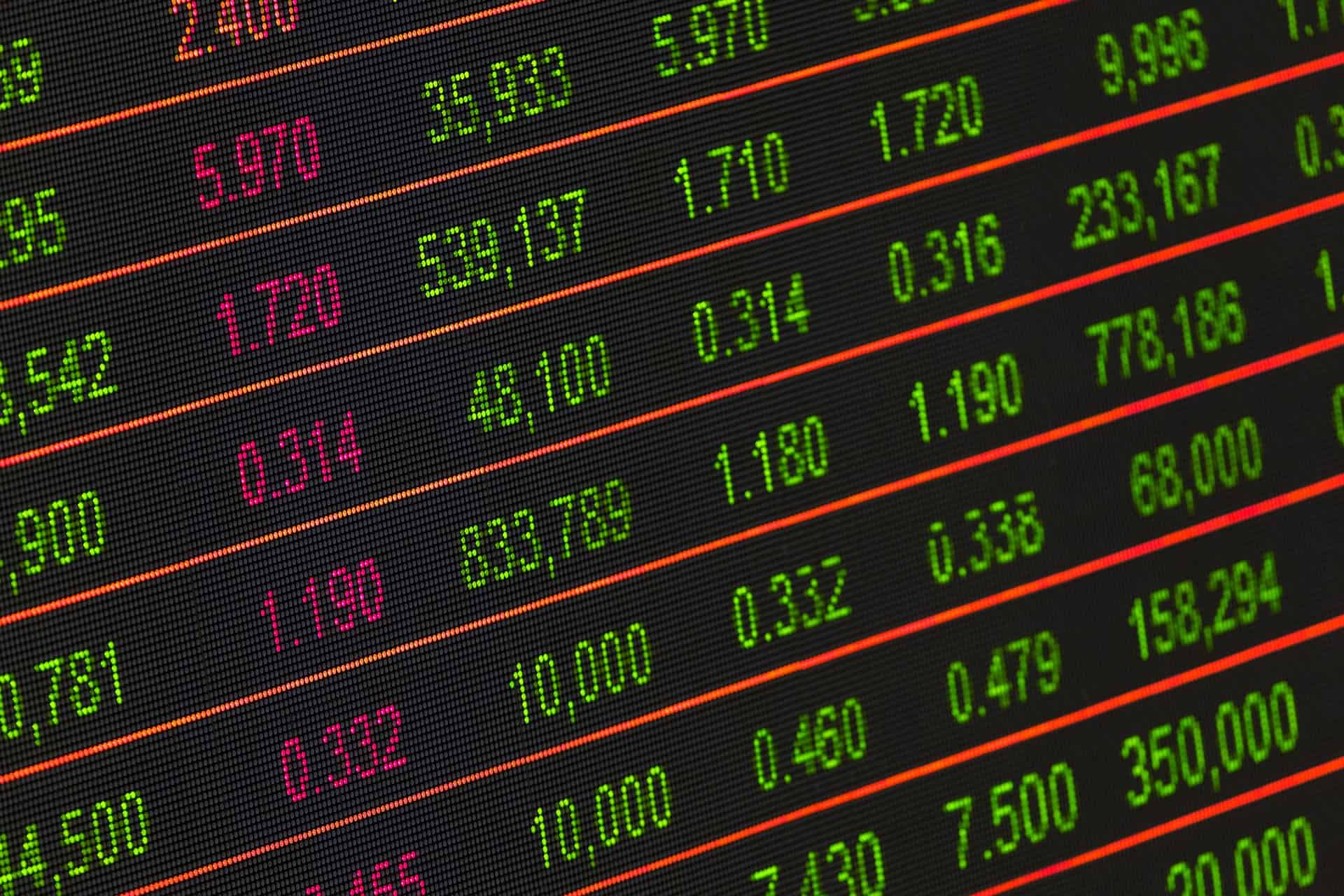Chinese home loan rates are expected to rise further as authorities endeavour to keep urban real estate markets in check.
First home loan rates in major cities around China are currently around 10% above the benchmark rate, with some municipal authorities hiking them even higher in order to contain overheating housing markets.
According to a report from New Financial Observer ( 新金融观察) many banks in Beijing are charging a premium of 15% – 25% above the benchmark rate for first home loans, while in Wuhan the premium stands at 20% for a number of lenders.
First home loan rates are highest in the industrial hub of Guangdong province, where some banks in Guangzhou, Dongguan and Foshan are charging rates at a premium of 40% above the benchmark.
Data from Rong360 indicates that home loan rates around the country began to post roaring growth at the start of 2017, rising for the 14 consecutive month by February of this year.
The average first home loan rate in China stood at 5.46% in February, or 1.114 times the benchmark rate, for a year-on-year rise of 22.15% compared to the reading of 4.47% in February 2017.
Higher interest rates in tandem with a raft of other property market control policies appear to have contained breakneck growth in Chinese housing prices for the time being, given that the vast majority of buyers rely upon bank loans for property purchases.
Data from the Shanghai E-House Real Estate Research Institute indicates that the 70 large and medium-sized Chinese cities its monitors saw new commercial residential housing prices rise by just 0.2% on month in February.
Analysts say home loan rates could rise even higher given recent signals from the Chinese central government.
“The Two Sessions have just sent the signal that residential housing controls will not be relaxed, while on 22 March Dalian began to implement sales restriction and purchasing restriction policies,” said Shen Lianfeng (沈连凤) of Centaline Property to New Financial Observer.
“This indicates that the main theme of controls this year will continue to be strictness, and that bank loan policy will continually tighten…difficulty in obtaining loans will be inevitable for some time.”
While bank lending volumes in China usually become more ample in the immediate wake of the Chinese New Year, this year many banks have chosen to raise home loan rates, or even suspend lending operations in this area altogether.
Huang Zhilong (黄志龙), chair of FinanceSN’s macro-economics research centre, said these moves were motivated by concerns over risk in relation to surging household debt.
As of the end of 2017, China’s household debt had risen to 48.3% of GDP, from 36.4% in 2015.
The personal home loan balance had risen to 21.9 trillion yuan by the end of 2017, accounting for 70.2% of total household debt.
In January of this year the China Banking Regulatory Commission pointed to the need to contain household leverage, placing special emphasis upon excessively rapid debt growth, as well as the use of consumer loans and other forms of credit for illicit investment in the share and real estate markets.
Huang also points to “financial sustainability considerations” as another reason for banks to no longer focus so heavily on home loans, or drive home loan rates even higher.
Historical data on interest rates indicates that banks can to operate sustainably without incurring losses as long as the spread between deposit and lending rates is around 1.5 percentage points.
The average forecast annualised returns for wealth management products – a key source of funds for China’s commercial lenders, hit a 31 month high of 4.91% in February, while as of the end of 2017 the interbank deposit rate had risen to around 5%.
Given the 1.5 percentage point spread needed to maintain the profitability of home lending operations, Chinese banks could still potentially raise home loan rates to around 6.5%, over a percentage rate above the first home loan rate average of 5.46% in February.



